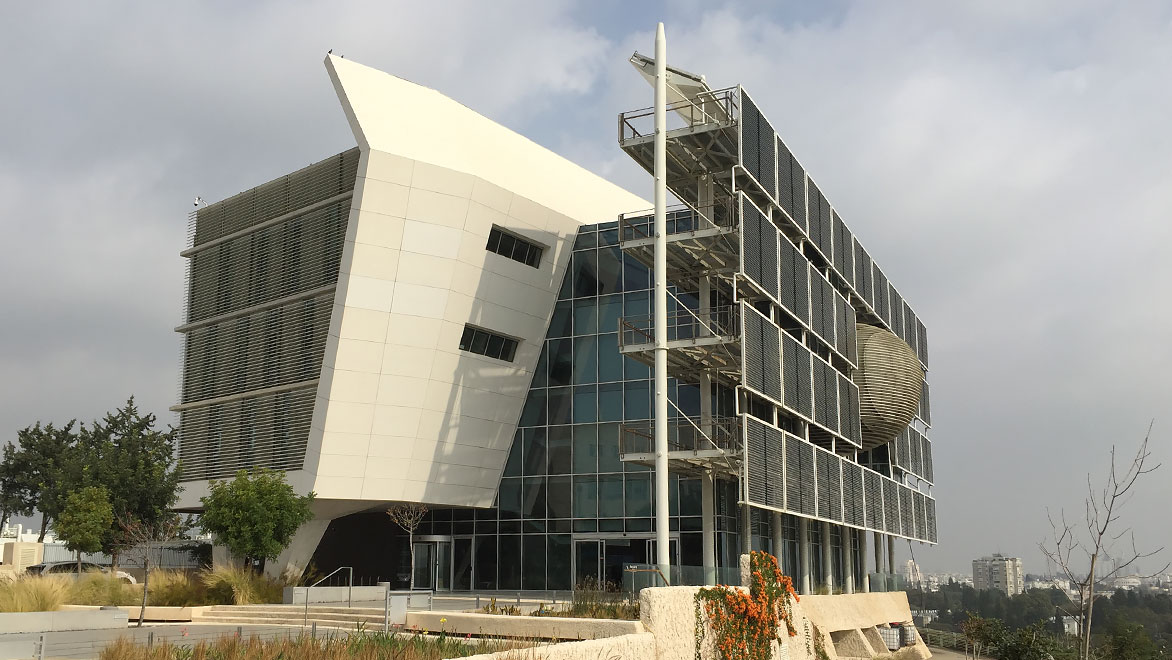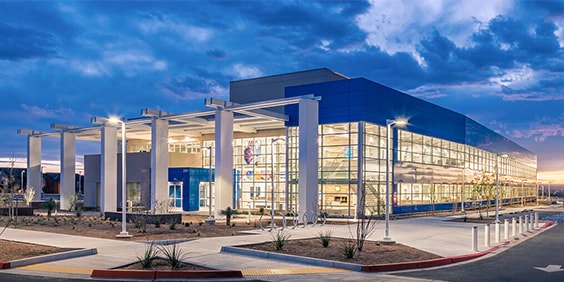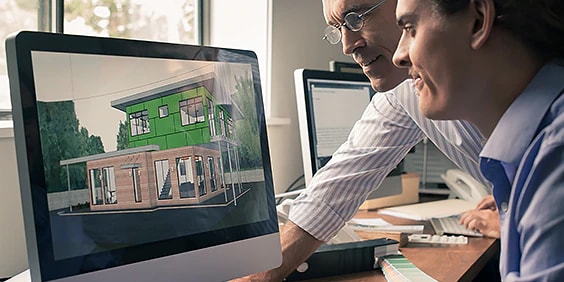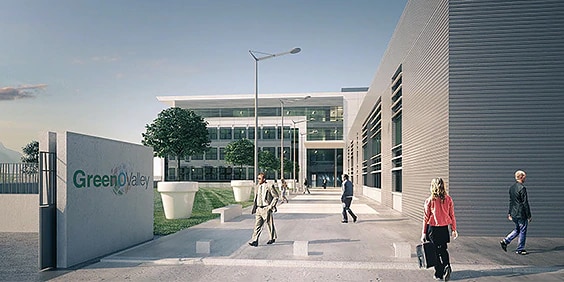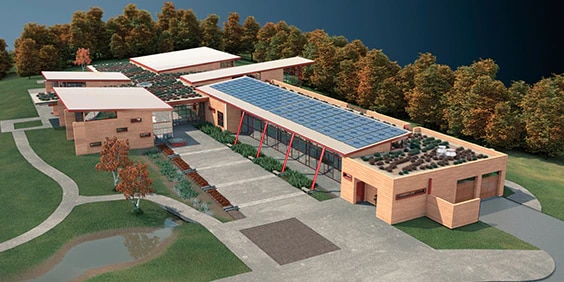Green building design
As more cities adopt sustainability goals, green building is shaping the skyline.
As more cities adopt sustainability goals, green building is shaping the skyline.
The Porter School of Environmental Studies - West Façade.
Green building design considers the health of the natural environment and its inhabitants throughout the lifecycle of a building. It seeks opportunities to create positive impacts, while minimizing the negative.
Image courtesy of Geotectura / Axelrod-Grobman Architects / NCA / Assa Aharoni Consulting Engineers. Photographer: Joseph Cory
A whole-system approach benefits occupants, communities, and the natural environment.
Architects and engineers can drive high performance building design through techniques like solar analysis, HVAC right-sizing, and passive energy-conservation measures.
Image courtesy of Dekker/Perich/Sabatini
Choose healthy materials that are good for the people and planet, and design efficient structures that are made with minimal material waste.
Building materials have a hidden climate impact resulting from resource extraction, manufacturing, and logistics. This should be minimized.
Green buildings have lower operating costs because they use resources such as materials and energy more efficiently.
Buildings produce about one third of the world’s greenhouse gas emissions. Green building design can drastically reduce this.
Owners are seeing a seven percent increase in asset value for new green buildings compared with traditional structures.
Green building design includes strategies to optimize temperature, humidity, and light, while minimizing pollutants, irritants, and noise.
A whole-system approach benefits occupants, communities, and the natural environment.
Schneider Electric uses BIM to create a new standard in efficient building operation and energy performance.
Image courtesy of Dekker/Perich/Sabatini
Three emerging trends in green-building technology are advancing the sustainability revolution in architecture.
Model courtesy of DesignGroup and the National Audubon Society
Long ignored beyond the developing world, bamboo (a grass, not a tree) has the compressive strength of concrete and the tensile strength of steel.
Learn the difference between LEED certification and LEED accreditation for professionals.
Discover how seven buildings around the world are using BIM to meet LEED.
Get on track for net zero buildings by 2030 with these five strategies.
Quantify, report, and reduce embodied carbon with the EC3 tool.
Find out how these New Mexico architects deliver high energy performance in a sunny, arid climate.
